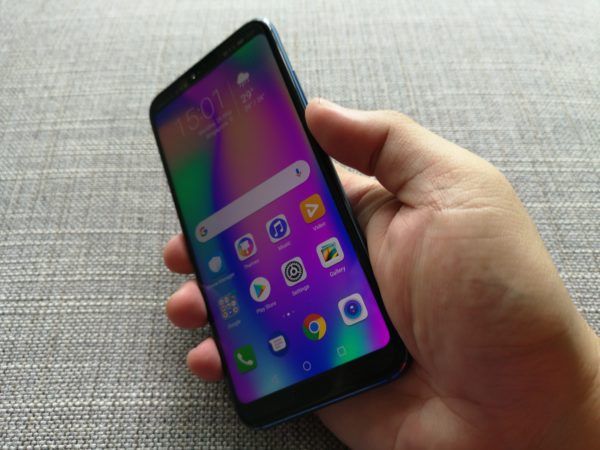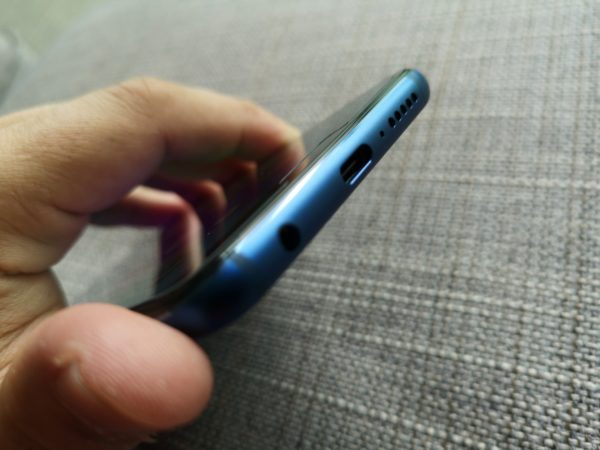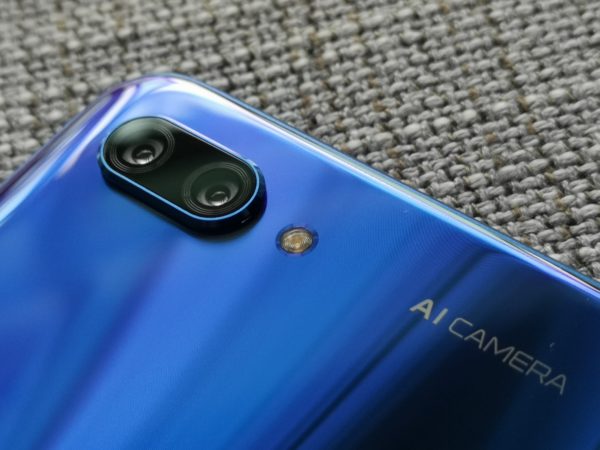With the success of the Huawei P20 Pro and its camera enhancements, it’s little surprise to find the Chinese company using its flagship phone’s features to introduce a mid-range model in the Honor 10.
The new phone is clearly in the mid-range if we judge it by its price of S$579. The story is totally different if you are holding it for the first time. It’s clear it is well built.
The materials that you expect to see on flagship phones are evident on this mid-range phone. It has a glass back with changing gradient hues, like on the more expensive Huawei P20 Pro.
The inclusion of the notch and the general aesthetics reminds you of the Apple iPhone X pretty quickly. Thankfully, you hide the notch, like with the P20 Pro.



Unlike the mid-range phones that I have been testing of late with mid-range processors, the Honor 10 is equipped with Huawei’s fastest flagship processor, the Kirin 970. That’s good news.
You also get a useful 4GB of RAM and the 128GB onboard storage is good for a mid-range phone. However, there’s no microSD card support.
On the flip side, the 3,400mAh battery performs as expected. During my test, the phone lasted entire days on a single charge and I got through my daily mobile computing with no issues.
You can’t blame people for seeing the Honor 10 as a low-price P20 Pro. That’s a good thing, actually, because it inherits some useful features from the more expensive flagship.
For example, the same face unlock feature is here. When you use it to get to your phone, the reaction time is close to instantaneous. Well, at least most of the time.
If that fails, the fingerprint sensor, located below the display, can allow you to access the phone in double quick time. It is a pity that the location of the fingerprint sensor has caused the bottom bezel to be bigger than necessary.
As a result, the usable screen space is reduced on the Full HD 5.84-inch LCD. This is why I prefer to have the fingerprint at the back of the phone, like the Asus Zenfone 5.


Huawei has learned a lot from its partnership with Leica, obviously. Even the way the camera is controlled via the camera app is reminiscent of the Huawei P20 Pro, so I was quickly up to speed with this phone.
The Honor 10 even has a similar setup as the P20. There’s a 16MP colour camera with a 24MP monochrome camera, both with 27mm-equivalent wide-angle f1.8 lens, and they come with higher megapixel count than the P20. The Honor 10 comes with a 24MP seflie camera too.





Obviously, the big difference is that the lenses are not made by Leica on the Honor 10, unlike the more expensive P20. I have a picture of my housing estate and I can quickly see the lens distortion. To be fair, it is one of the extreme cases and the Honor 10 does perform adequately well, outstanding even for most of the snapshots.

The Honor 10 has its own night mode that is very similar to the older Huawei phones and it requires the use of a tripod. It makes you miss the handheld night mode on the P20 Pro, which is a star feature on the flagship.
What that, I’ve managed to shoot some challenging shots, such as sunrise and sunset landscapes. Or shots of interior rooms with mixed lighting – all without bringing a whole lot of gear.


So, clearly, you get what you pay for. The Honor 10 is an excellent mobile camera, though it is obviously missing some key Huawei and Leica features on the more expensive flagships.
Still, at $579, the Honor 10 does punch above its weight. For a phone its size, it has a large 5.84-inch screen that will come in handy when watching videos, for example.
Ironically, its main challenge could be its bigger sibling. The P20 from Huawei is now going for as little as S$760 online and it will appeal to folks who don’t mind stretching their budget a little for snapshots that will be a lot better.






